UVM
-
-
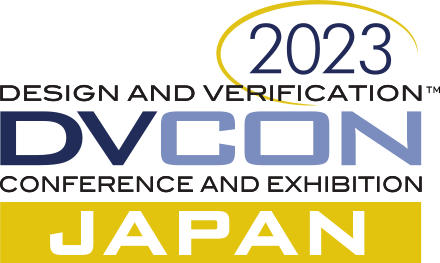
DVCon Japan 2023
Kawasaki CIty Industrial Promotion Hall Kawasaki City, JapanThe Design & Verification Conference & Exhibition is the premier conference on the application of languages, tools, methodologies and standards for the design and verification of electronic systems and integrated circuits. The focus of this highly technical conference is on the practical aspects of these technologies and their use in leading-edge projects to encourage attendees… DVCon Japan 2023
-

Verisium Debug for UPF Low Power Design
Verisium Debug offers comprehensive debugging capabilities. From RTL, UVM testbench to UPF low-power designs, users can use the Cadence unified debugging platform for debugging. In this webinar, users will learn about the available features in Verisium Debug for UPF power-aware designs and using the unique capabilities to visualize and debug UPF low-power designs. What you… Verisium Debug for UPF Low Power Design
-
-
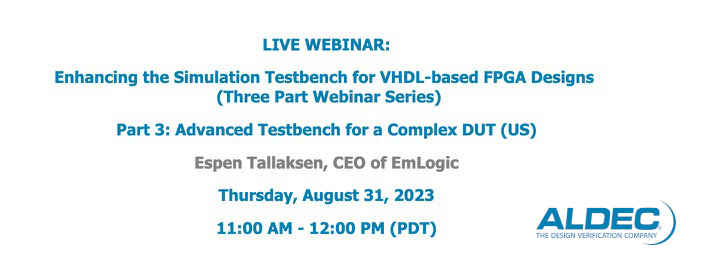
Advanced Testbench for a Complex DUT
Abstract: Functional simulation using an HDL testbench is the de facto method for proving functional correctness of FPGA designs. In this three-part webinar series, we will present a step-by-step approach on how to architect a testbench – progressing from basic to advanced techniques. We will first use a simple DUT then go to a more… Advanced Testbench for a Complex DUT
-
-
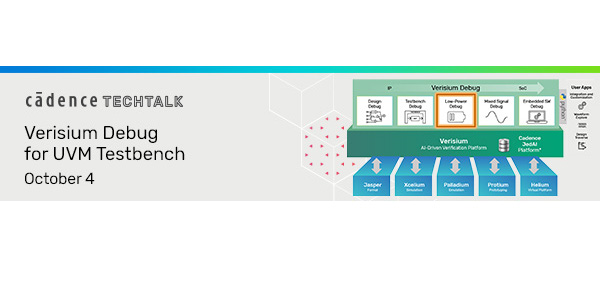
Verisium Debug for UVM Testbench
Verisium Debug offers comprehensive debugging capabilities. From RTL and UVM testbench to UPF low-power designs, Cadence’s unified debugging platform helps users debug. In this webinar, users will learn about the available features in Verisium Debug for UVM testbench and use these unique capabilities to visualize and debug the UVM testbench. What you will learn Understand… Verisium Debug for UVM Testbench
-
-

Deep Dive into the UVM Register Layer: User-Defined Doors, Predictors, and Callbacks
This webinar focuses on three specific aspects of the UVM register layer that will help you to model in UVM some of the less obvious ways in which registers can behave, such as non-linear addressing, burst access mode, registers accessed through an embedded CPU, and quirky registers. It will cover the following topics: Using user-defined… Deep Dive into the UVM Register Layer: User-Defined Doors, Predictors, and Callbacks
-
-
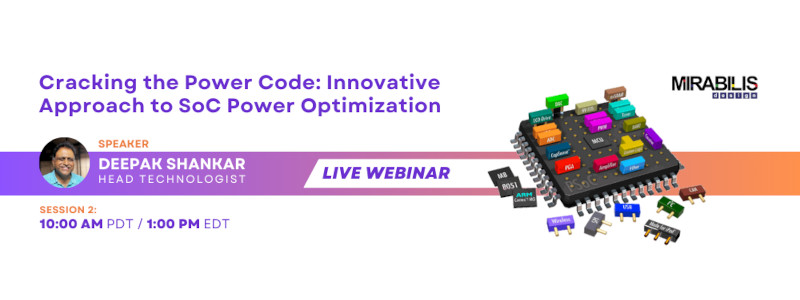
Cracking the Power Code: Innovative Approach to SoC Power Optimization
Power is the biggest factor impacting semiconductors from custom silicon to CPU/GPU products. System-level Power modeling and simulation is needed to measure power accurately and efficiently. The scope of power studies has expanded to include the software, thermal and generation to feed into the UVM/UPF methodology. At this Webinar we will highlight a new system-level… Cracking the Power Code: Innovative Approach to SoC Power Optimization
-
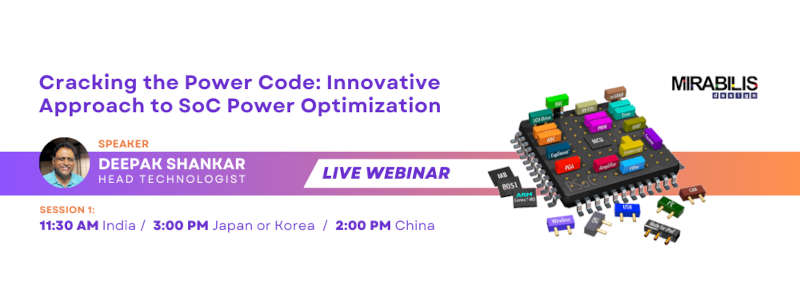
Innovative Approach to SoC Power Optimization
Power is the biggest factor impacting semiconductors from custom silicon to CPU/GPU products. System-level Power modeling and simulation is needed to measure power accurately and efficiently. The scope of power studies has expanded to include the software, thermal and generation to feed into the UVM/UPF methodology. At this Webinar we will highlight a new system-level… Innovative Approach to SoC Power Optimization
-

Debugging Features of UVM
A UVM testbench is a large and complex piece of software. Like any other large and complex piece of software, a verification environment written using UVM will require debugging at some stage. There are various debugging features built into UVM to help with this. In this one-hour webinar, Doulos Senior Member Technical Staff Doug Smith… Debugging Features of UVM
-
-
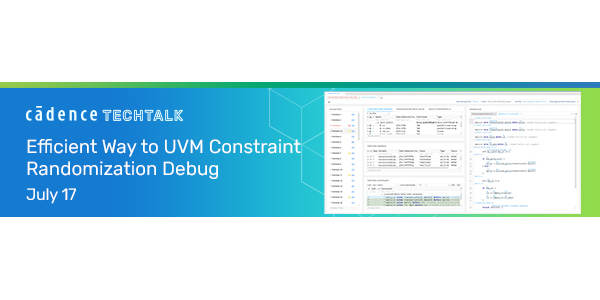
Efficient Way to UVM Constraint Randomization Debug
Become skilled at the art of UVM randomization debugging! Date: Wednesday, July 17, 2024 Time: 10:00am PDT | 1:00pm EDT This webinar equips you with effective strategies to tackle randomization-related errors within your UVM verification environment. We'll explore the power of Cadence's Verisium Debug, a tool designed to simplify the debugging process. What You Will Learn Practical… Efficient Way to UVM Constraint Randomization Debug
-
-

Verification Futures Conference 2024 Austin
Austin Marriott South 4415 South Interstate 35 Frontage Road, Austin, TX, United StatesThe Verification Futures conference provides a unique blend of conference presentations, exhibitions, training and industry networking sessions dedicated to discussing the challenges faced in hardware and software verification. Verification Futures provides a unique opportunity for end-users to define their current and future verification challenges and collaborate with the vendors to create solutions. It also provides… Verification Futures Conference 2024 Austin
-
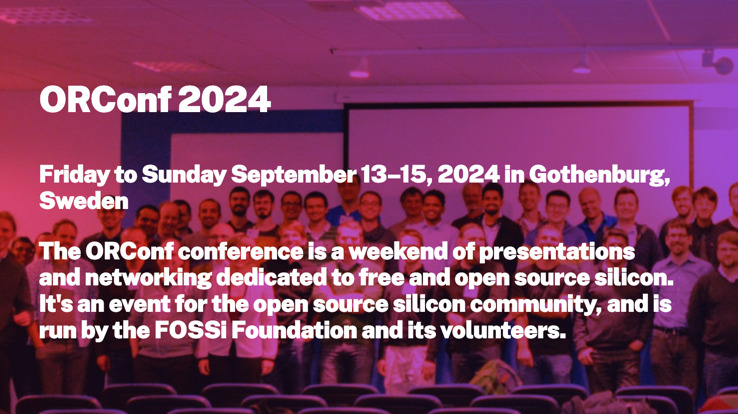
ORConf 2024
Gothenburg Gothenburg, SwedenOur 10th ORConf! The FOSSi Foundation is proud to announce the 10th installment of ORConf, a conference dedicated to free and open source silicon to be held over the weekend of Friday September 13 to Sunday September 15 in Gothenburg, Sweden. ORConf is a weekend of presentations and networking for the open source silicon community.… ORConf 2024
-
-

Tessolve AI Strategy & Eco System for DV
With the increasing importance of AI in engineering and the exciting potential for it’s use in Design Verification, Tessolve has been working on improving internal DV processes, with impressive reductions in both effort and costs, and with many clients to improve both efficiency and quality in DV through AI. In this series of 3 short… Tessolve AI Strategy & Eco System for DV